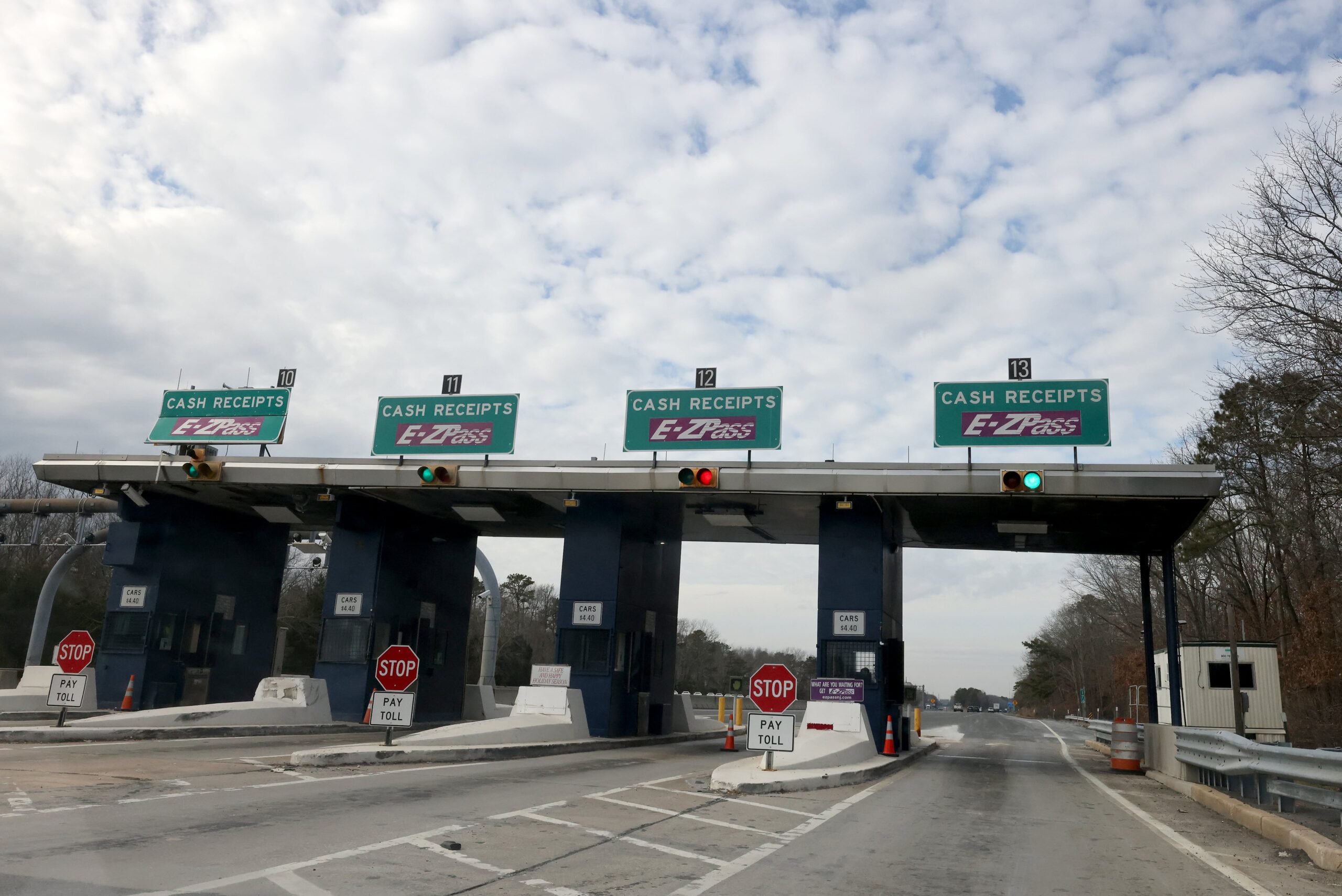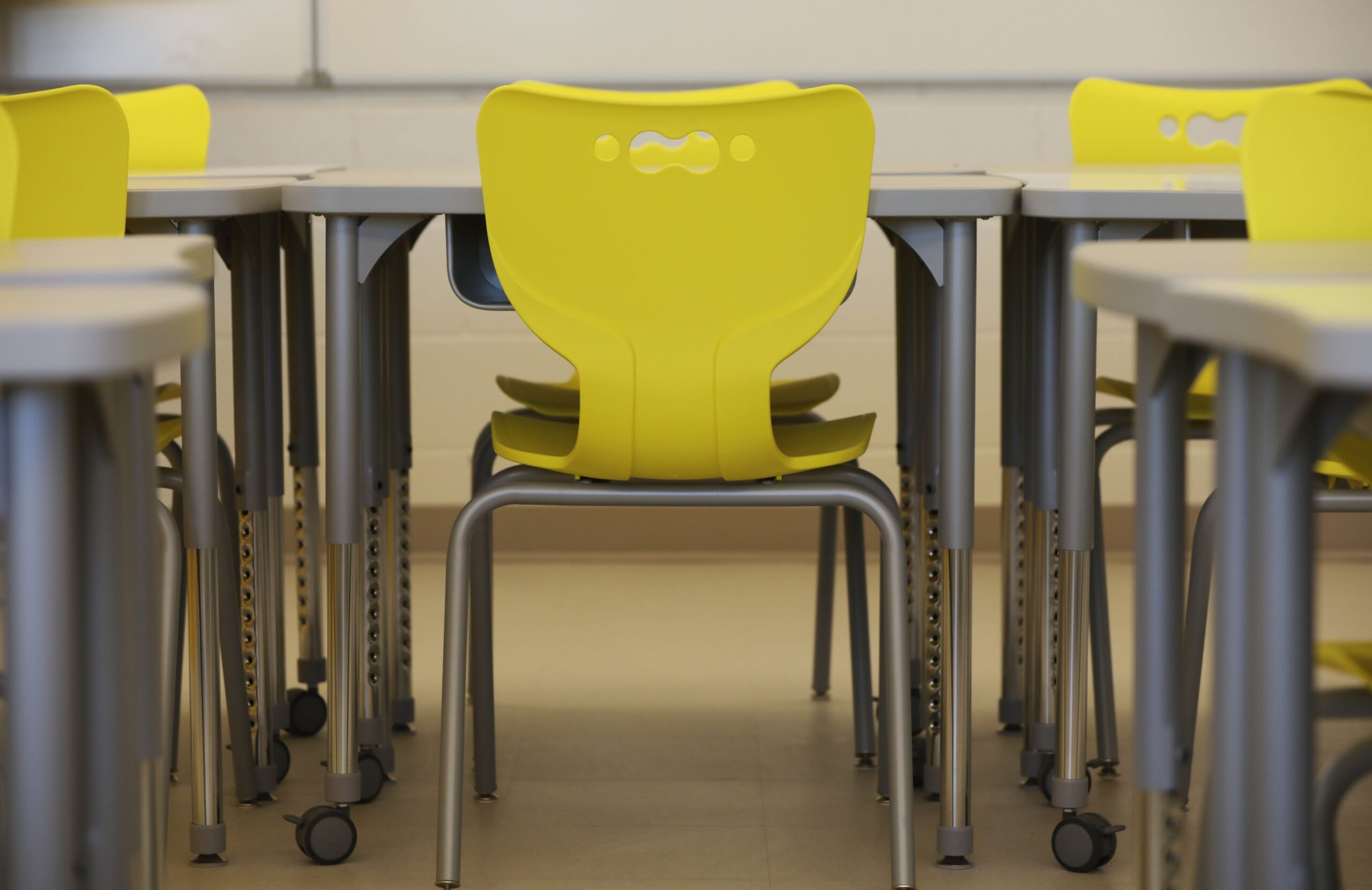In Alabama, where summer heat regularly rises past 100 degrees, the Low Income Home Energy Assistance Program has acted as a financial buffer between low-income families and life-threatening utility shutoffs. Administered by the Alabama Department of Economic and Community Affairs and delivered through local community action agencies, LIHEAP typically helps tens of thousands of Alabamians keep their lights on and their families warm.
But for the 2026 fiscal year, the program could find itself in the crosshairs of a sweeping federal agenda.
In April, the Trump administration’s “One Big Beautiful Bill” barely cleared the House, paving the way for deep reductions in domestic safety-net programs, including the elimination of LIHEAP.
The implications are especially dire for Alabama, where more than 20 percent of residents live near or below the poverty line and utility costs disproportionately burden rural households. The proposed cuts land at a moment when the need is climbing.
The rollback, which began as a surprise rescission of $1 million in federal LIHEAP dollars earlier this year, sparked panic among low-income Alabamians.
The next blow came from Washington, where the Department of Health and Human Services abruptly terminated the federal LIHEAP division, firing its entire staff with no public process or warning.
Even before the reconciliation bill’s final language was released, advocates began ringing alarm bells when HHS staff was terminated. Energy Alabama, a local nonprofit pushing for renewable access and energy equity, warned that defunding LIHEAP would push residents into spirals of disconnection and danger.
“Without this critical assistance, many households face the very real risk of utility shutoffs, leaving families in unsafe, even life-threatening, conditions without power,” said Daniel Tait, Executive Director of Energy Alabama.
ADECA’s annual report shows that in 2024, the Energy Division distributed $60.7 million to community action agencies across the state, providing relief to 82,000 households.
Over 70 percent of LIHEAP households include at least one vulnerable class: a child under six, a senior citizen or someone living with a disability.
For fiscal year 2025, ADECA received just under $59 million in funding for LIHEAP, which has already been allocated. According to a spokesperson from ADECA, approximately 50 percent of the funds had been spent by April 30, the day before the cooling season began on May 1.








